
by Marcy Burstiner | 30 Aug 2024 | Journalism, News Decoder Tips
You don’t have to be from the New York Times or Le Monde to land an interview with someone important. Sometimes just being 16 is more impressive. A teen journalist as superhero. Illustration by News Decoder. Journalism and activism can be powerful tools for...
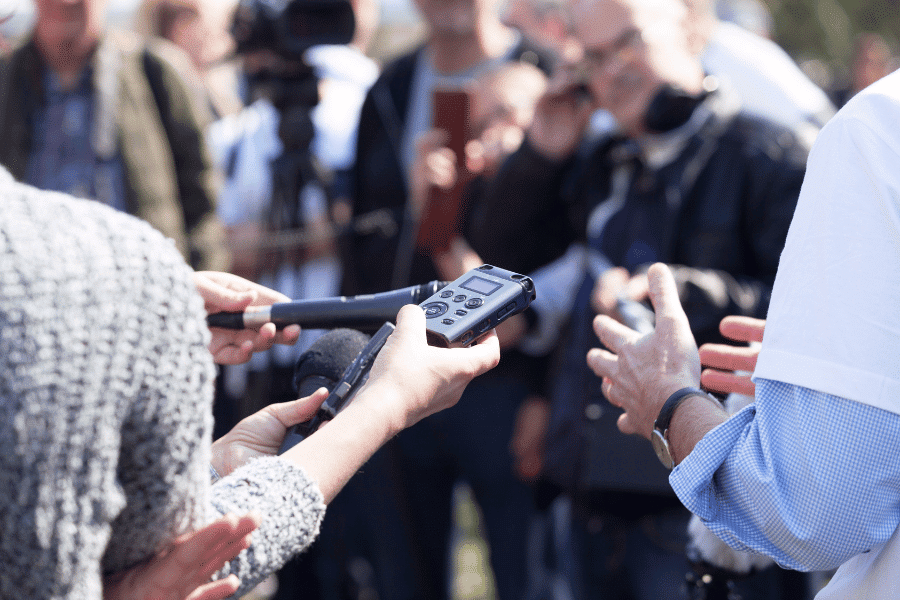
by Sabine Berzina | 23 Aug 2024 | Journalism, News Decoder Tips
A news story is only as good as the sources of information the reporter relied on. And figuring out where to find trustworthy information is a challenge. A reporter records an interview. (Mihajlo Maricic/Getty Images) Journalism and activism can be powerful tools for...
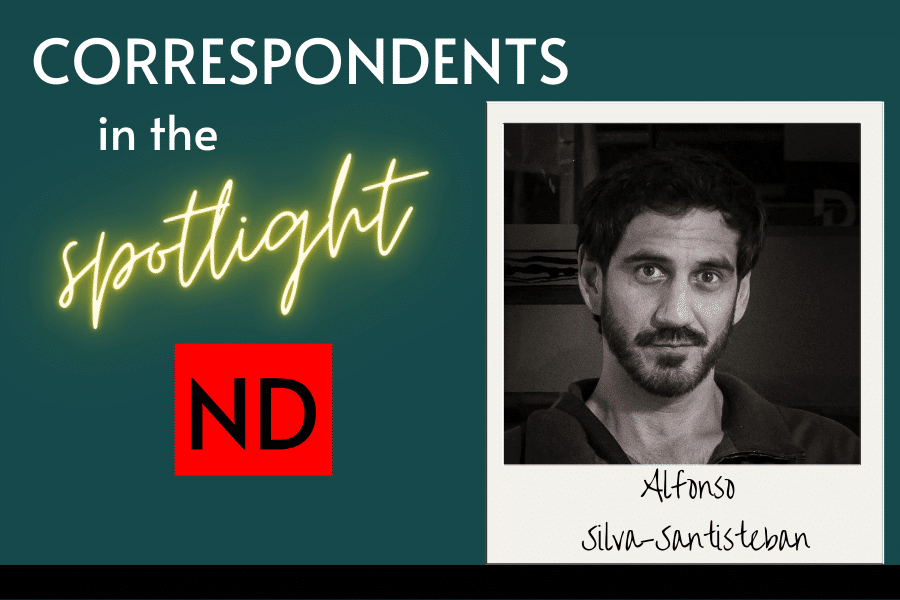
by Cathal O'Luanaigh | 20 Aug 2024 | Correspondents in the Spotlight, Journalism, News Decoder Updates, News Photography
With a digital camera, Alfonso Silva-Santisteban has found that telling people’s stories can help heal society in a way medicine can’t. When you read a published article on News Decoder, you’re only seeing part of the story. Who is writing it? What went...
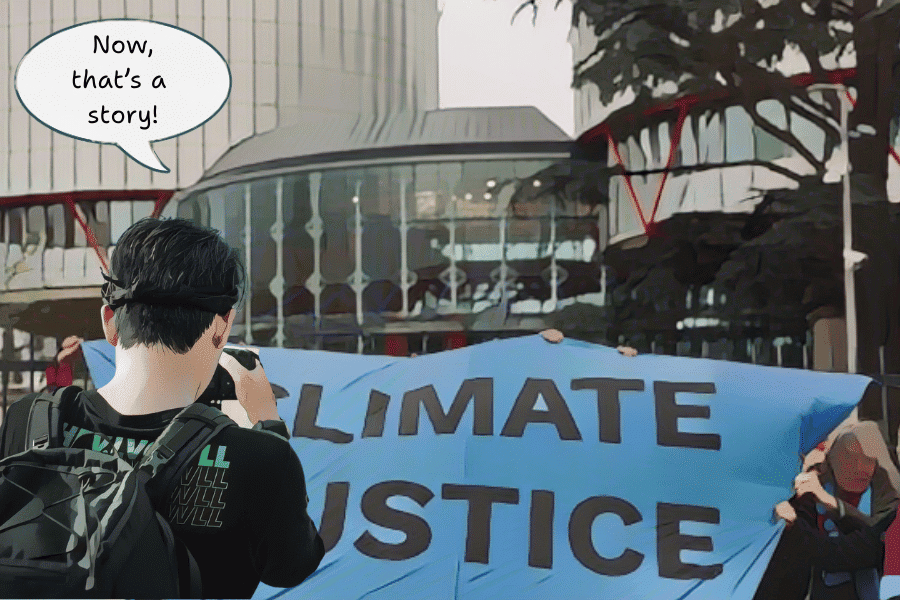
by Sabine Berzina | 16 Aug 2024 | Journalism, News Decoder Tips
Not everything that happens is news. To entice an editor to publish or air your story, it needs to interest readers or listeners. But there are ways to tell if a story will be a good one. A teen reporter decides a protest about climate change is newsworthy....

by Marcy Burstiner | 9 Aug 2024 | Journalism, News Decoder Tips
People often try to impress readers with big words and sentences. But maybe readers just want you to get to the point. Alice is bored at the Mad Hatter’s tea party. Illustration by John Tenniel from “The Nursery Alice” (1890). (Public domain...
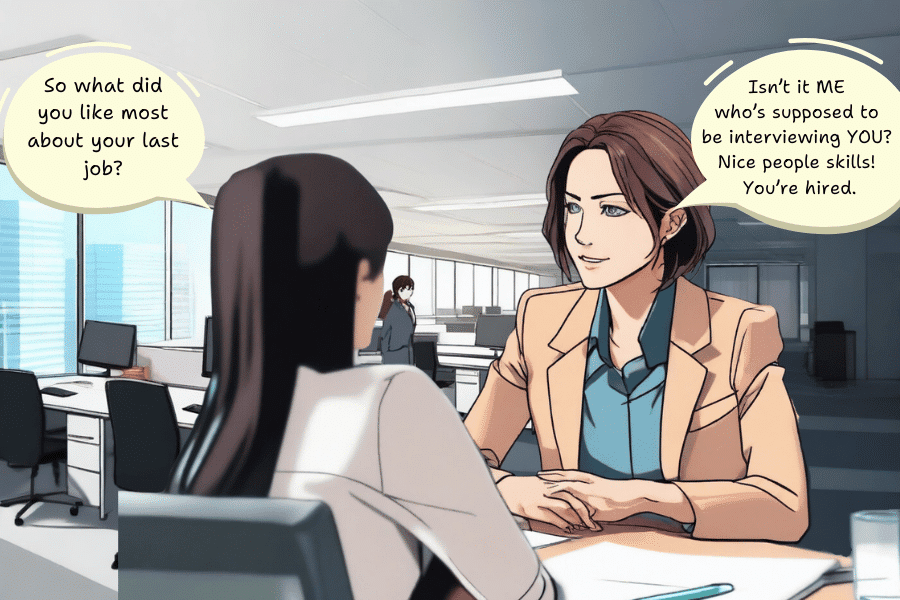
by Sabine Berzina | 2 Aug 2024 | Journalism, News Decoder Tips
Go into politics? Be a doctor? Sell cars? Synthesizing info, listening, asking questions and handling deadlines are valuable skills whatever the job. One woman interviewing another for a job realizes she is the one being interviewed. (Illustration by News Decoder)...
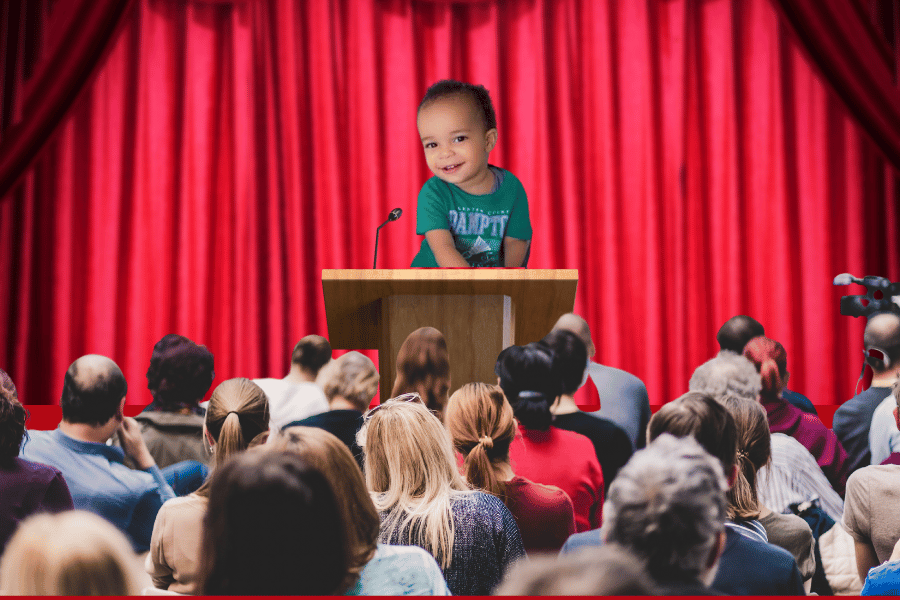
by Jeremy Solomons | 26 Jul 2024 | News Decoder Tips
Leaders don’t suddenly materialise. They struggle as they hone their leadership skills. To be a great leader you just need to believe in yourself. Max Gakuba gives a speech before an imaginary crowd. (Photo illustration by News Decoder) Journalism and activism...
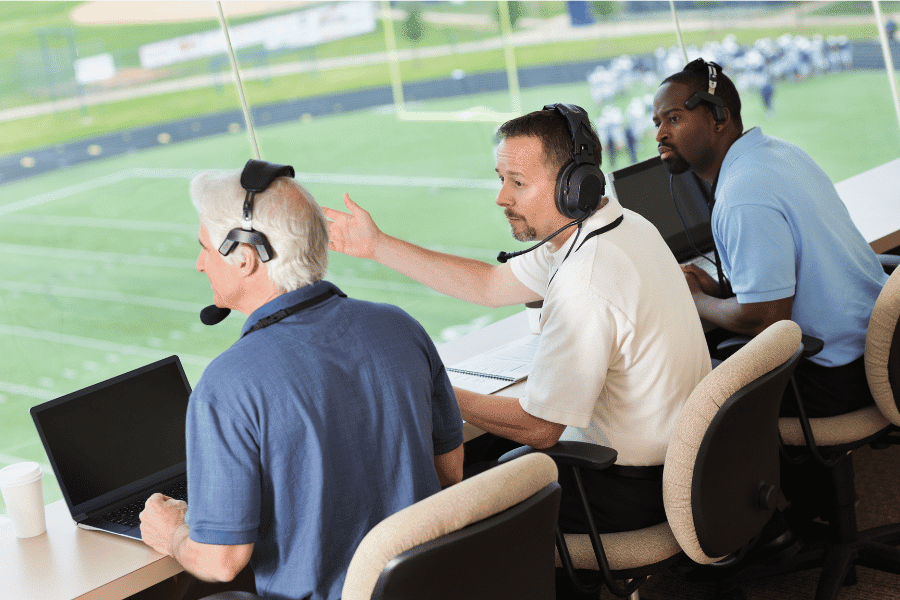
by Marcy Burstiner | 19 Jul 2024 | Journalism, Media Literacy, News Decoder Tips
When you read or hear a story do you feel left out because you don’t know the background? Why do some stories leave us feeling stupid? Professional sports commentators in press box at American football game. (Credit: SDI Productions/Getty Images Signature)...
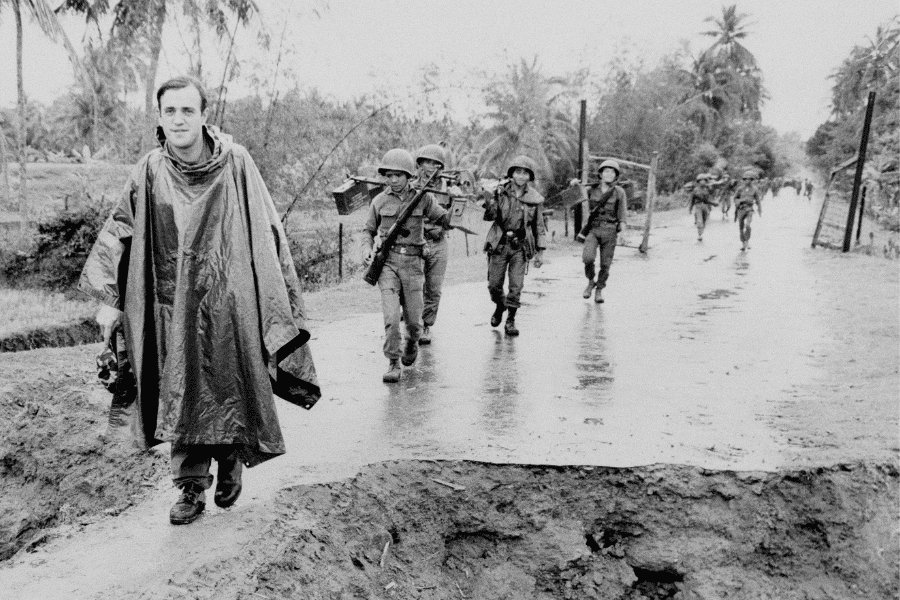
by Susan Ruel | 18 Jul 2024 | Asia, History, Journalism, News Photography, United States
In 1962 reporters arriving in Vietnam found an increasing U.S. military presence that wasn’t supposed to exist. Reporting what was happening took courage. Associated Press correspondent Peter Arnett, left, marches in column with Vietnamese troops as he covers...
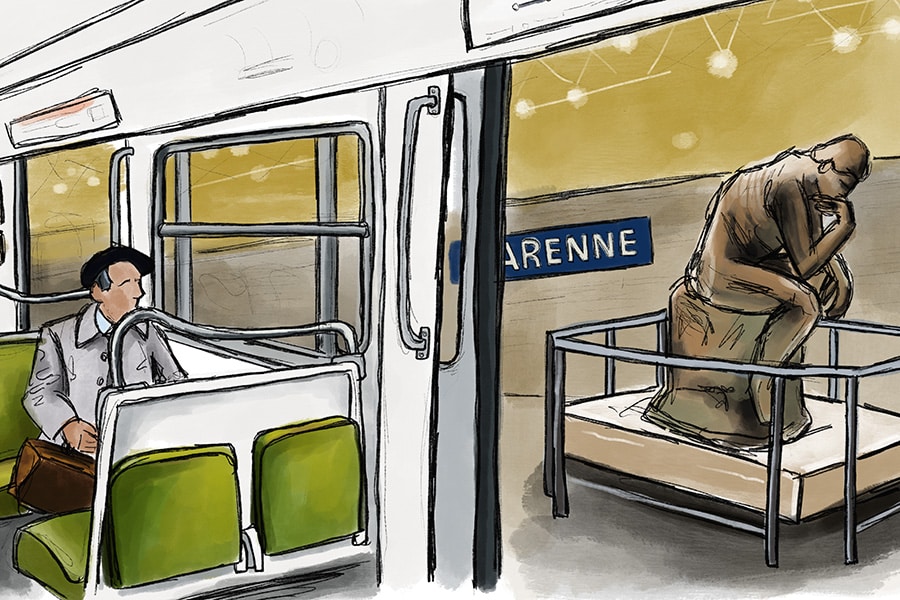
by Maria Krasinski | 12 Jul 2024 | Art, Journalism, News Decoder Tips
A photo might be worth a thousand words. But an artistic drawing can tell a story in a different, and powerful way. Replica of “The Thinker” by Auguste Rodin at the Varenne metro station in Paris. (Illustration by Maria Krasinski) In News Decoder’s...










